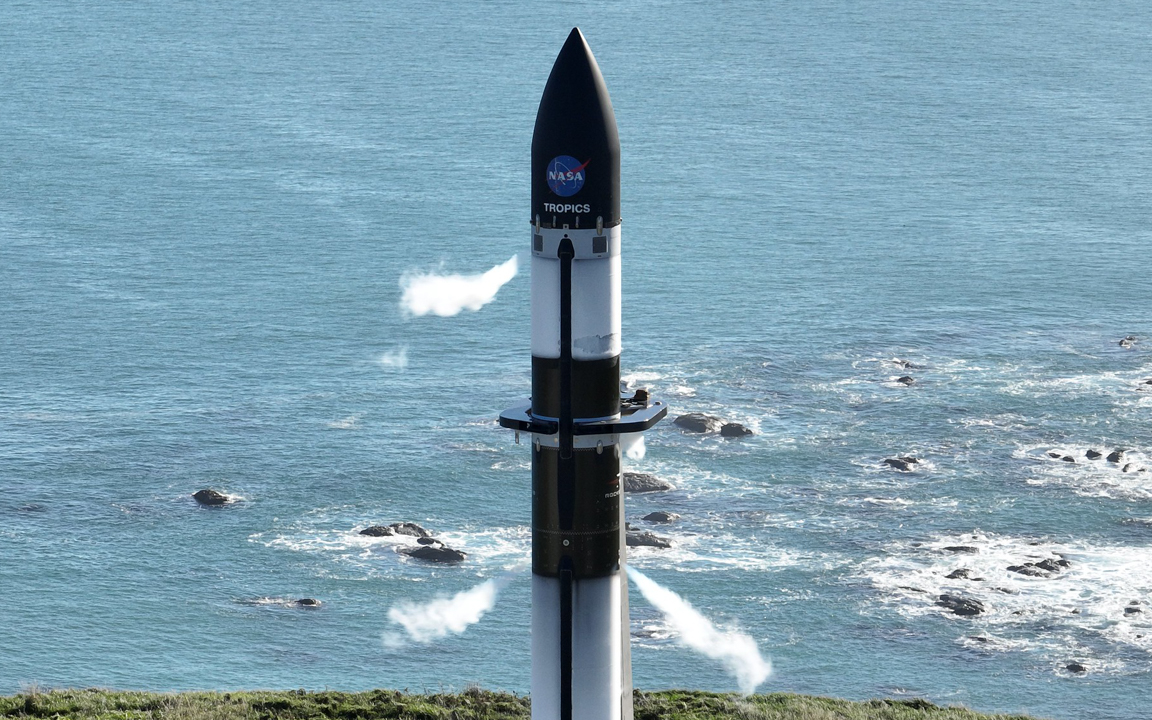Electron, Rocket Lab’s small satellite launch vehicle, launched twice, just ~2 weeks apart from the companies Launch Complex 1 in Mahia, New Zealand to deliver the 4 CubeSat constellation to orbit.
Payload deployment confirmed! Congratulations to the launch team on our 37th Electron launch, and to our mission partners at @NASA @NASA_LSP @NASAAmes: the TROPICS constellation is officially on orbit! pic.twitter.com/xAy7ltg7m1
— Rocket Lab (@RocketLab) May 26, 2023
The two missions, dubbed ‘Rocket Like a Hurricane’ and ‘Coming to a Storm Near You,’ contain two 11.8-lb (5.34 kg) CubeSats each delivered to a 30-degree orbital inclination in order for the constellation to monitor tropical systems forming in the Atlantic and Pacific Ocean and will be capable of performing scans about once every hour.
The ability to perform much more frequent scans will be an upgrade over current weather tracking satellites being able to scan storms roughly every three to six hours. The 3U CubeSats carry a high-performance radiometer that will be able to see inside the structure of tropical systems through the tops of the clouds including high-resolution scans of the eyewall.

Rocket Lab’s Electron awaits lift-off from Launch Complex 1 on the Mahia Peninsula in New Zealand (Credit Rocket Lab)
NASA’s TROPICS (Time-Resolved Observations of Precipitation structure and storm Intensity with a Constellation of Smallsats) CubeSats, were initially to be launched in mid-2022, but the first 2 were lost when the Astra Rocket 3.3 failed during its upper stage burn. NASA then selected Rocket Lab to launch the constellation from Launch Complex 2 in Virginia but later changed to Launch Complex-1 in New Zealand in order to have the constellation on orbit in time for the 2023 hurricane season which officially begins June 1st.
These aren’t the first TROPICS CubeSats to make it to orbit, the TROPICS Pathfinder CubeSat was delivered to orbit on the Transporter-2 mission aboard a SpaceX Falcon 9 on June 30, 2021.
Questions or comments? Shoot me an email @ rangle1555@gmail.com, or Tweet me @RDAnglePhoto.

https://ift.tt/aAEXrSk
Science
No comments:
Post a Comment